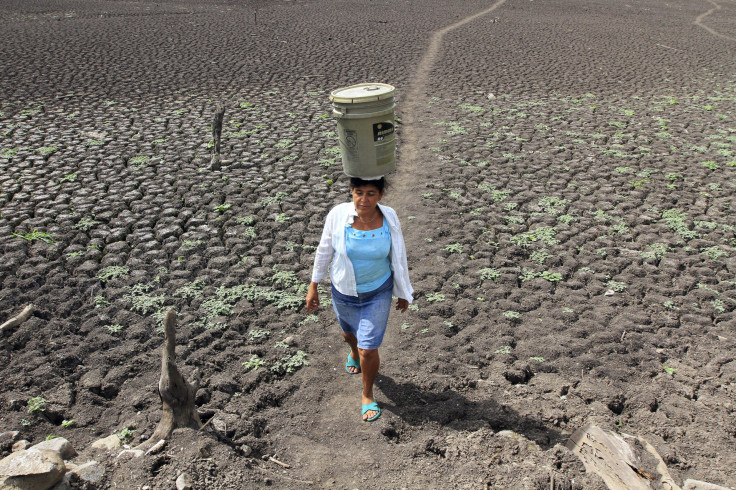Australians are doing strange things to cope with dry October
El Niño is the prime factor behind Australia’s warmer days and nights in the coming months.

September was dry, October is drier in Australia. This major shift has prompted the Bureau of Meteorology to issue a mid-cycle update to its climate outlook for October through December. This update is a result of the rapid evolving changes in the key climate drivers in the oceans around the nation. The bureau monitors the rainfall and temperature model outlooks very closely, said Andrew Watkins, climate prediction manager of BoM.
Due to the warm temperature, some bloke went for skinny dipping at Kilda beach. It is about 35 degree Celsius in October, which is pretty hot for summer in Melbourne. In another incident in Two Rocks, north of Perth, a man decided to steer a stolen four-wheel drive straight into the ocean, reported The Huffington Post.
In a statement, Watkins said, “Since we released the climate outlook, there has been a significant shift toward a drier October for much of Australia. It’s highly likely this is related to a rapidly strengthening positive Indian Ocean Dipole.”
Rainfall in September was the third driest on record for Australia, said Stockjournal.com in a recent update on its climate outlook reports. Very low rainfall was received in the past 12 months in the southeast South Australia, southwest of Western Australia and most of Victoria.
Due to strong El Niño and changed conditions in the tropical Indian Ocean, there was a significant shift in the climate that resulted a drier month nationwide. Also, the southeast quarter of Australia indicates a less than 20 percent possibility of exceeding median rainfall for October.
It means that the region has more than 80 percent chance of a drier month. This indicates higher chances of warmer days and nights in south of the tropics. Experts said, with parts of central Australia likely to be wetter than average, October to December is likely to be drier than average across the southeast and northeast. Except for northern tropics, there will be warmer days and nights in the coming months in Australia.
Contact the writer at feedback@ibtimes.com.au or tell us what you think below






